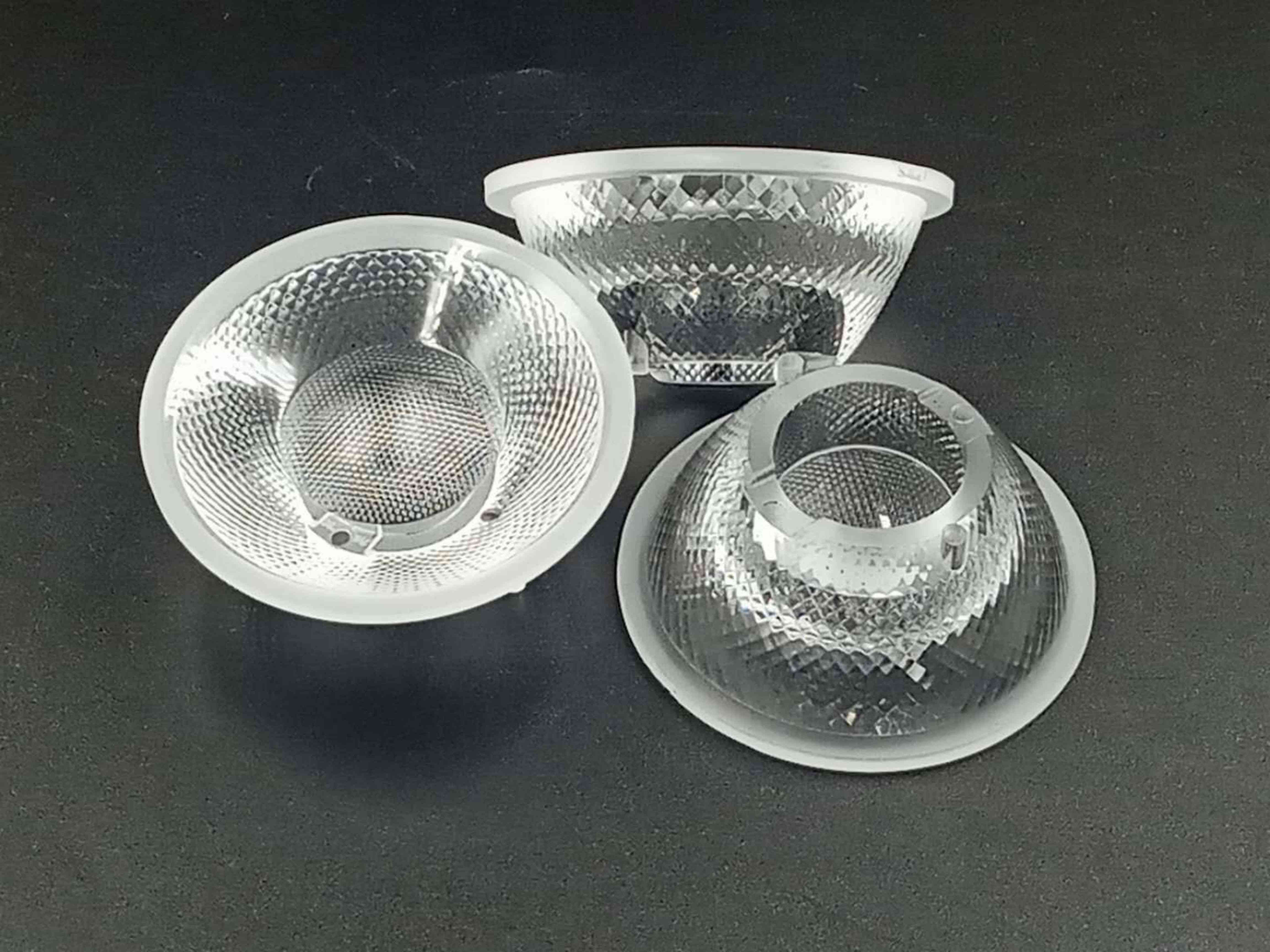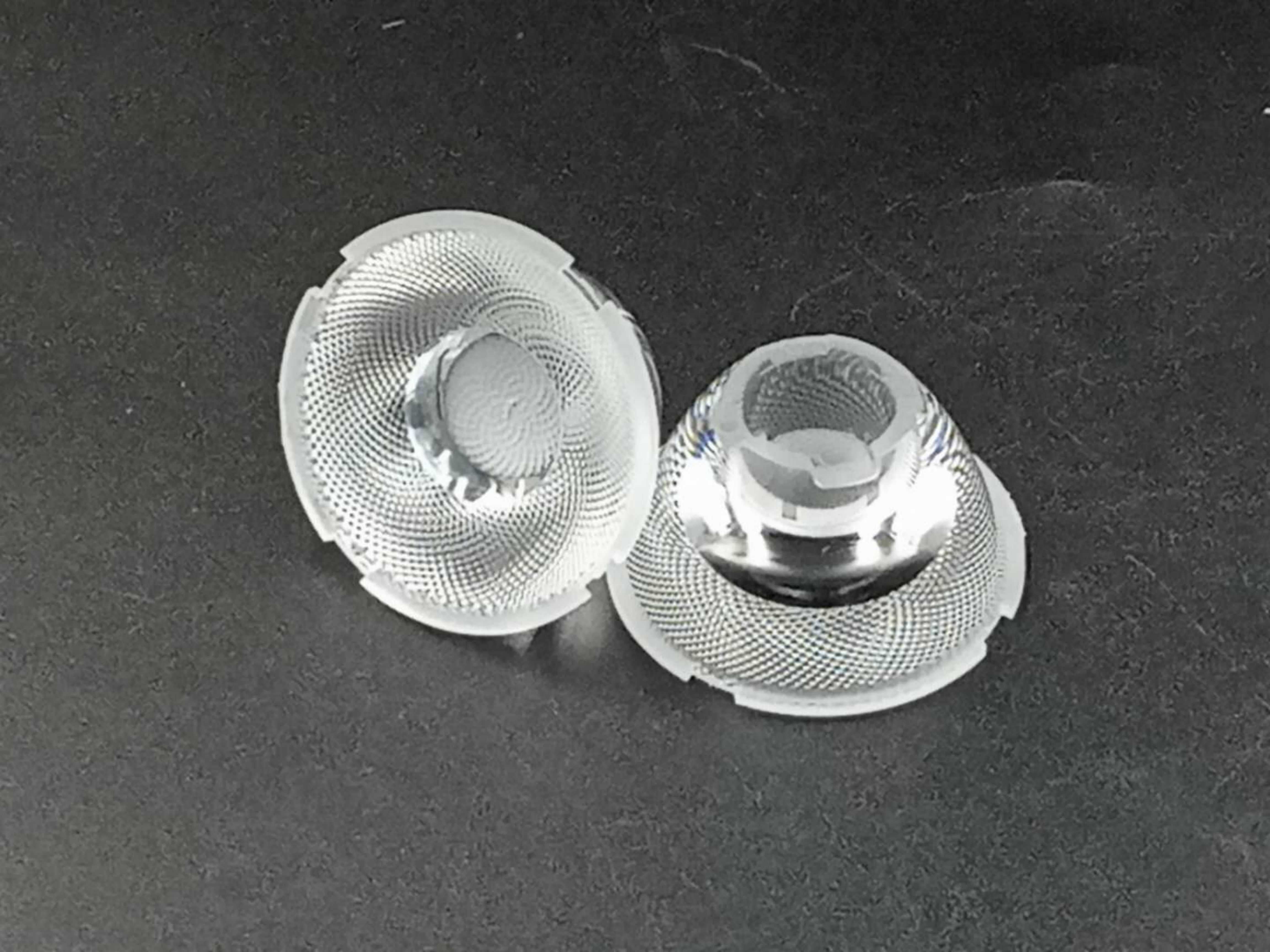At present, with the diversification of domestic light sources and the improvement of cost performance, more and more customers begin to choose domestic light sources, and the performance parameters of light sources have great uncertainty, so the specifications of light sources have become the only source of light source performance. Define the standard.

In general, domestic light sources have poor general compatibility, uneven color temperature distribution, and are prone to the phenomenon of outer ring light and uneven color mixing (yellow-blue light). If such a phenomenon occurs, Xiangshun Optics will generally communicate with the customer under conditions, and adjust the chip arrangement or use a light source with a low color temperature to avoid such phenomenon.

For the same series of light sources, in the case of the same product, the angle will increase with the increase of the light-emitting surface. The standard products of Xiangshun Optics have the following characteristics: the products with a diameter of 50mm or less include a standard light source with a diameter of 50mm. The surface is a 9mm or 11mm light-emitting surface, (such as a 35*18mm lens, 45*24mm lens, etc.) at this time, the angle is the standard angle, the light-emitting surface will float up and down with the customer's adjustment, and the 50-60mm including 60mm is 12mm light. For 69mm and 75mm luminous surfaces, 14mm and 17mm luminous surfaces are used as the standard. If the size of the luminous surface is changed, the angle will fluctuate.

What is the angle of the LED lens? The angle is related to the light intensity, and the light intensity is related to the division of the luminous flux in the solid angle of space, so the angle of the lens can be reflected in the light intensity. Usually, the angle referred to by the customer refers to the half-light intensity angle, that is, the brightest point in the center of the beam will gradually weaken outward. When the light intensity at a certain point is just half of the center peak, the symmetrical two sides are connected to the center. The included angle is the half-light intensity angle, which is what we call the product angle, not the cut-off angle of the entire light spot (this is called the full-angle, some customers will also have requirements, usually the full-angle is close to 2 times the half-angle)
